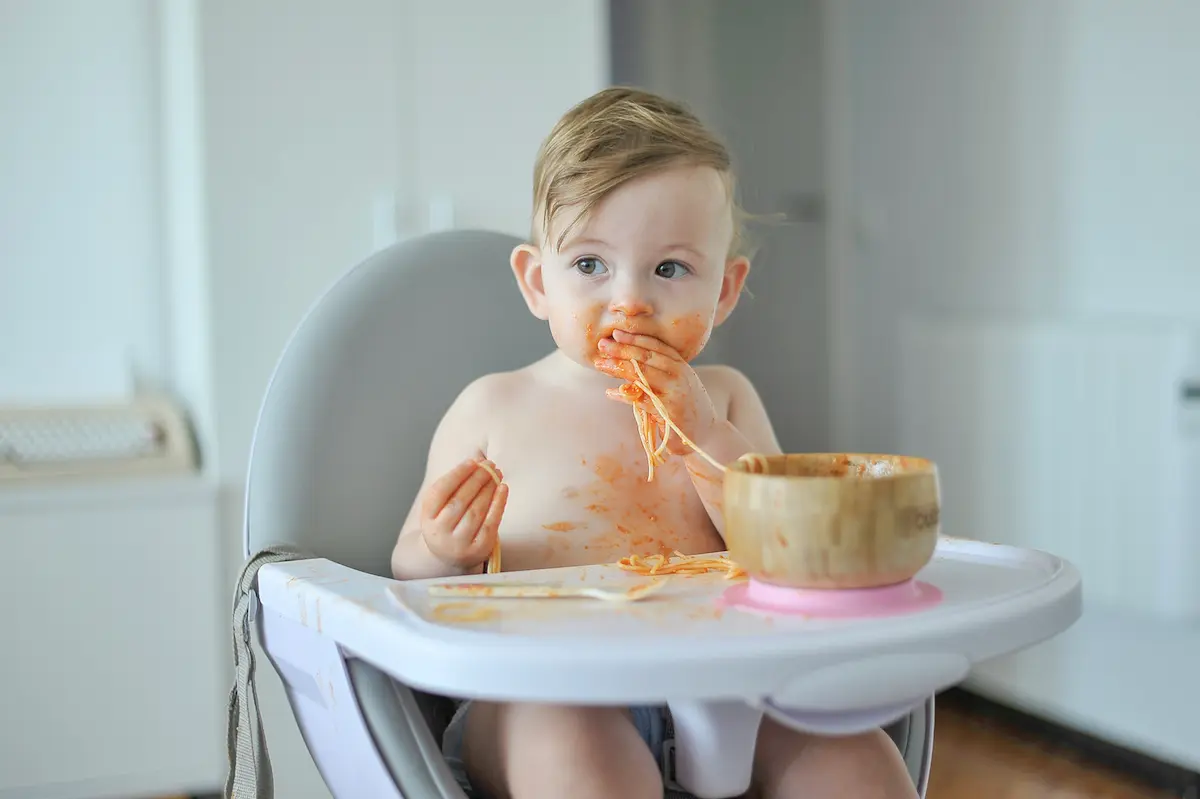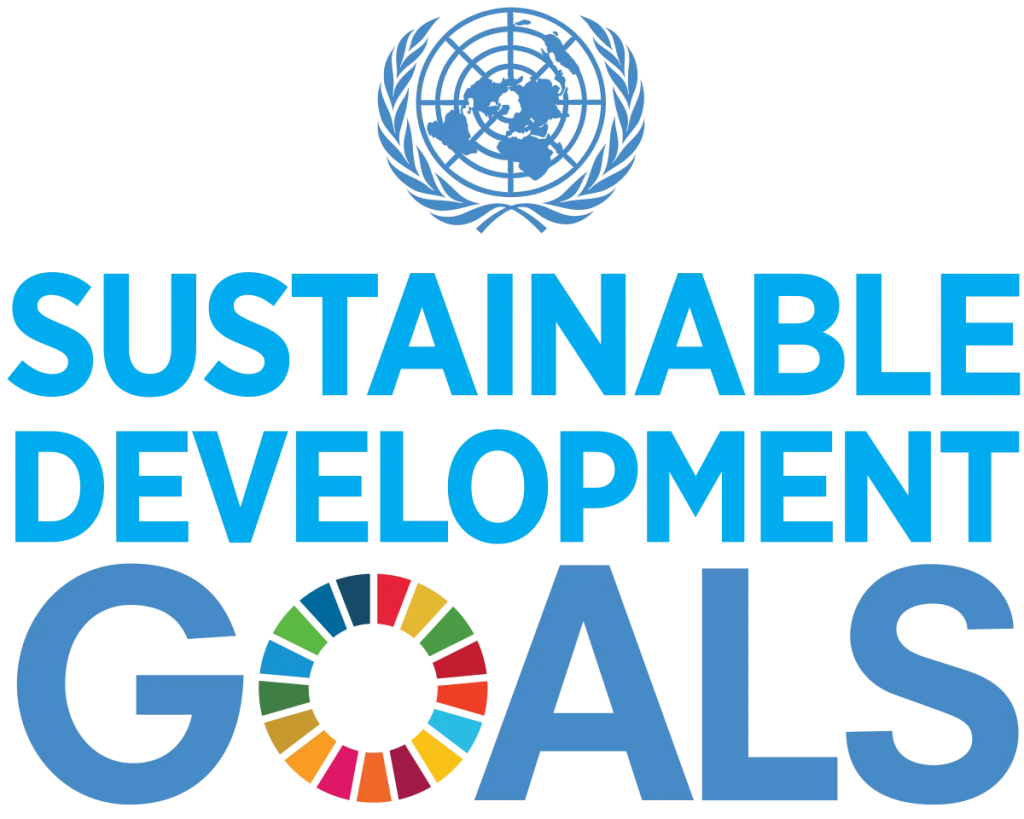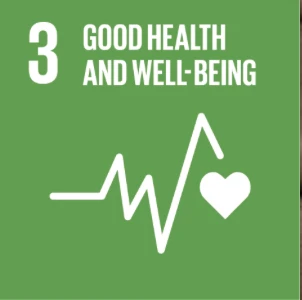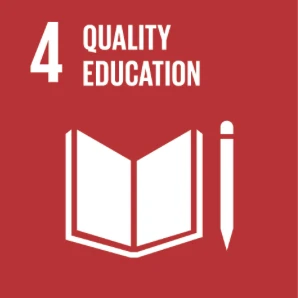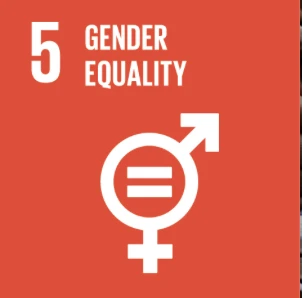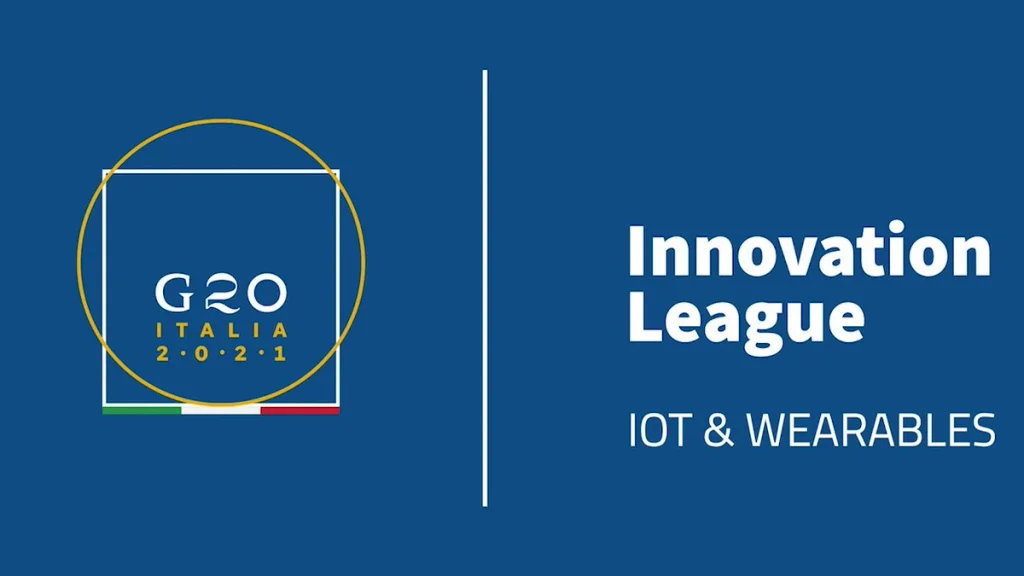One of the disadvantages you may find isthat “that’s a clean baby feeding no more”. Encouraging self-feeding will have the baby manipulate, squeeze and be covered in food, but the pleasure of seeing them enjoying that time will more than make up for having to clean up afterwards.
Although there is increasing information on the subject, you should always ask your paediatrician to advise whether your baby is ready to start. That will give you certainty and security to get started and move on using a different weaning method.
Needless to say, one of the most frequent doubts and concerns when deciding to go ahead with BLW is the fear of choking.
However, if certain basic safety guidelines and rules are observed, the risk is no greater than that posed by any other everyday object or toy. It may therefore be useful, not only for feeding purposes, to attend a first-aid course to know what to do in any such event.
Safety always comes first. These are the key rules to prevent choking during feeding:
- Don’t serve hazardous food (round food, whole nuts or food that slips out of the baby’s hands)
- Never leave your baby alone while feeding
- Don’t strap your baby in the high chair (in case you have to get the baby out quickly)
- Make food the focal point (avoid distracting your baby with TV, mobile or tablet)
- Don’t put food directly in your baby’s mouth (they are learning to handle food and may have some left over from before)
- Don’t put your hand in your baby’s mouth if gagging scares you because that does not mean that your baby is choking.
- If your baby is very sleepy or very hungry, it is best not to offer solids because your baby may choke
- Offer your baby milk first and then solid food
Gagging is inevitable both in the BLW learning process and even with purées if they are not properly blended for the following reason:
The gag reflex area in babies is mid-tongue and that is their natural defence mechanism against the feared choking, that helps them manage what they are eating.

